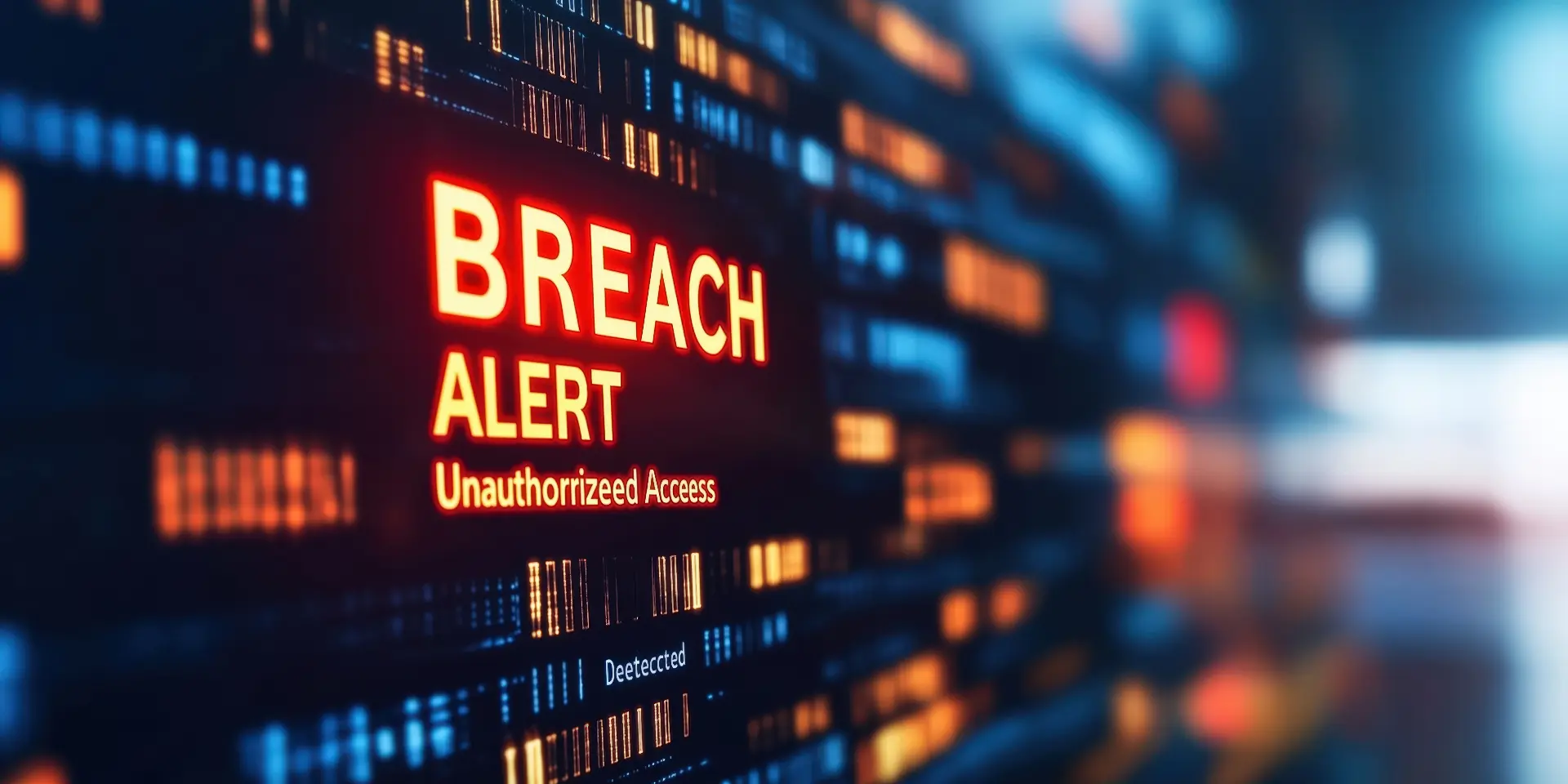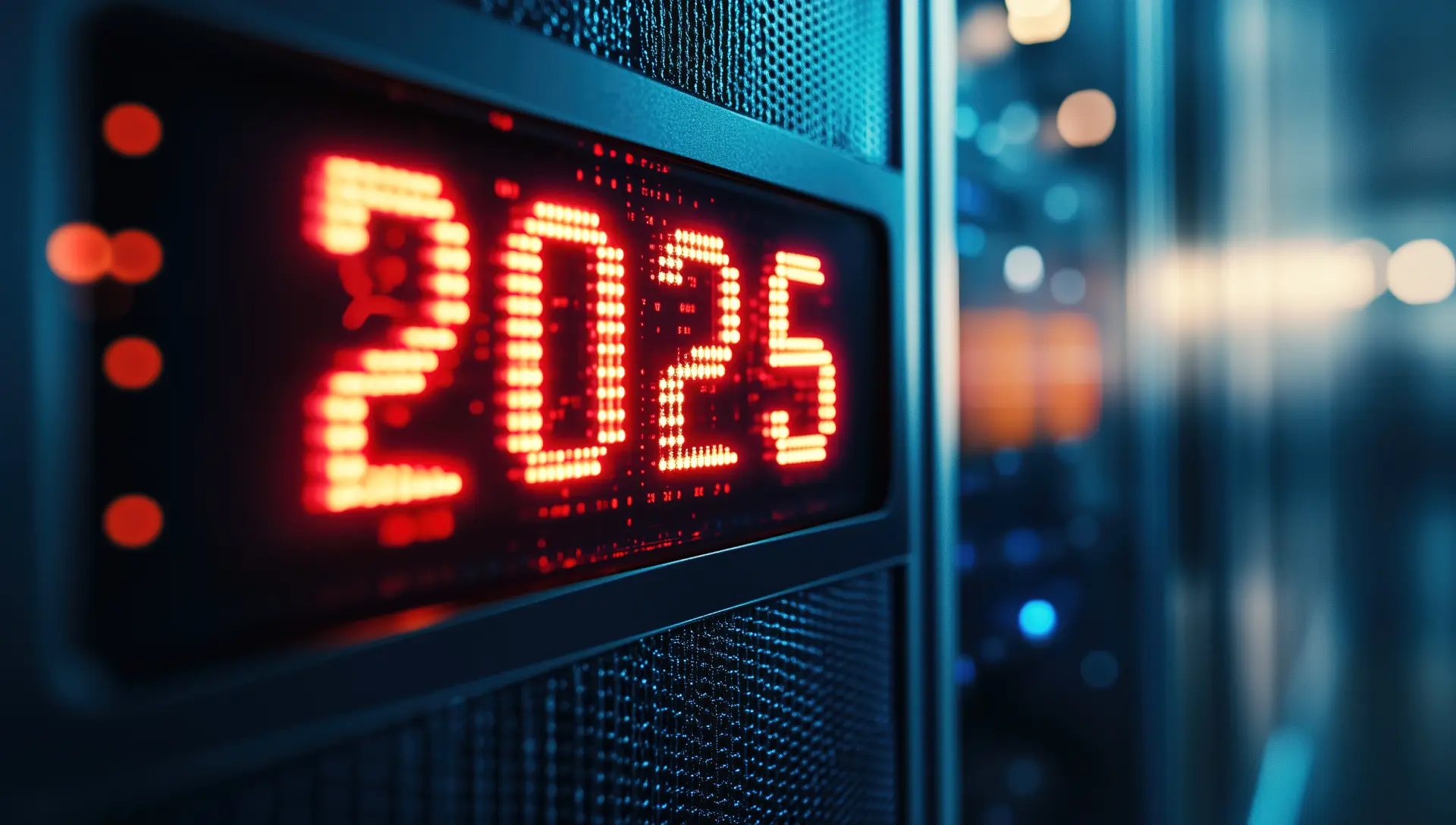Table of contents
- Why is a monthly checklist important?
- Protect your data with essential tools
- Digital maintenance: the heart of security
- Safe online habits
The new year brings new resolutions. Among them, we recommend prioritizing cyber security by preparing what is necessary to prevent online scams and protect your privacy—needs that are increasingly important as digitalization advances.
Maintaining a robust defense against cyber attacks is critical. This article provides a monthly cyber security checklist designed to prevent data breaches, protect your sensitive data, and strengthen your digital security. Discover how to adopt simple yet essential habits for ongoing protection.
Why is a monthly checklist important?
Cyber threats constantly evolve, and what is secure today may not be secure tomorrow. Regular checks help identify vulnerabilities, improve the protection of critical data, and ensure that all security measures are up to date.
A monthly cyber security checklist is a practical tool to keep up with best practices.
Protect your data with essential tools
Solid digital security starts with the right tools. Here are some essential steps:
- Use a password manager to create and store strong, unique passwords of at least 20 characters;
- Enable Multi-Factor Authentication (MFA) to add an extra layer of protection to your accounts;
- Install and keep antivirus software up to date on all internet-connected devices;
- Set up an incident response plan to know how to act quickly in case of breaches.
Digital maintenance: the heart of security
Performing regular maintenance on your devices is essential to prevent issues. Make sure to:
- Update your operating system and software regularly;
- Monitor network traffic with network traffic monitoring tools to detect suspicious activity;
- Clear browser caches and uninstall outdated apps;
- Backup critical data to an offline source for better data protection.
Safe online habits
Beware of suspicious emails and messages
Phishing is one of the most common techniques hackers use to trick you into clicking malicious links or downloading harmful files. Follow these rules to protect yourself:
- Do not open attachments or click links from unknown senders;
- Verify the sender’s email address—small errors (e.g., a similar but incorrect domain) can reveal fraud attempts;
- Never provide sensitive information, such as passwords or banking data, in response to unsolicited emails or messages.
A small mistake can compromise your personal data or install malicious software on your devices.
Secure your devices with passcodes or biometric authentication
Your devices contain vast amounts of critical data and personal information. Protecting them physically and digitally is essential.
- Use strong passcodes for your smartphones, laptops, and tablets;
- Prefer biometric authentication methods, such as fingerprints or facial recognition, to enhance security;
- Set devices to lock automatically after inactivity to prevent unauthorized access.
These measures ensure unauthorized individuals cannot access your information, even if the device is lost or stolen.
Limit sharing of personal information on social media
Social media is a goldmine for malicious actors seeking sensitive information. Sharing details such as your address, full name, or travel plans can make you a target for fraud or identity theft.
- Avoid posting personal details or images that reveal too much about your private life;
- Adjust privacy settings to control who can see your posts;
- Do not accept friend requests from strangers who may have fake profiles.
As a rule of thumb, only share what you wouldn’t mind making public.
Always use a VPN on public networks
Public Wi-Fi networks, like those in cafes, airports, and hotels, are often unsecured and pose significant security risks. A hacker could intercept your network traffic and steal your data.
- Install and use a virtual private network (VPN) whenever connecting to a public network;
- A VPN encrypts your internet traffic, preventing anyone from spying on your online activities;
- Avoid sensitive transactions, such as accessing bank accounts, on unprotected public networks—even with an active VPN.
Enable Multi-Factor Authentication (MFA)
To protect your online accounts, enable Multi-Factor Authentication. This method requires more than one verification factor, making it harder for hackers to access your data even if they know your password.
- MFA can include codes sent via SMS, email, or authentication apps;
- For even higher security, use hardware tokens or physical security keys;
- Activate MFA on all sensitive accounts, such as email, social media, and online banking.
With MFA, your security does not rely solely on the strength of your password.

Do not send money or sensitive information to strangers
One golden rule of online security is to never send money or share personal information with unknown individuals. Online scams often rely on emotional manipulation to extract what they want.
- Be wary of urgent money requests, especially from “friends” or relatives whose accounts may have been compromised.
- Avoid transactions with strangers using untraceable payment methods, such as gift cards or cryptocurrencies.
Browse safely with updated browsers
Your browser is your gateway to the internet, so keeping it updated is crucial to avoid vulnerabilities.
- Always install the latest browser updates to fix security flaws;
- Enable ad-blocking extensions to reduce the risk of clicking dangerous ads;
- Use secure browsing modes, like those offered by privacy-focused browsers.
Regularly log out of your accounts
Staying logged into accounts on shared or public devices is extremely risky.
- Always log out at the end of each session, especially on shared or public computers;
- Enable automatic logout after periods of inactivity, if available;
- Regularly review which devices are connected to your accounts and revoke access to unknown ones.
Avoid clicking unverified links
Malicious links can come not only via email but also through social media, SMS, or messaging apps.
- Hover over the link to check its URL before clicking;
- Use online tools to verify the safety of suspicious links;
- Avoid downloading files from untrusted sources.
Monitor your personal data
Finally, regularly monitor your accounts and credit reports to detect signs of suspicious activity. Preventing fraud also involves limiting access to your most sensitive information. Implement access controls to restrict who can access your data.


